
Murodo-daira: The Majestic Heart of the Tateyama Alpine Route
Explore Murodo-daira, a breathtaking alpine destination in Japan’s Tateyama National Park, renowned for stunning views and outdoor adventures.
Murodo-daira, nestled in the stunning Tateyama Alpine region, is a breathtaking destination renowned for its scenic beauty and rich natural diversity. Tourists flock here to experience the mesmerizing views, unique flora and fauna, and exhilarating outdoor activities that this alpine paradise offers.
A brief summary to Murodo-daira
- Ashikuraji, Tateyama, Ashikuraji, Nakaniikawa District, Toyama, 930-1406, JP
- +8176-431-3331
- Visit website
Local tips
- Visit during late spring for the best views of the snow corridor and vibrant alpine flowers.
- Dress in layers; temperatures can vary significantly throughout the day.
- Bring a camera; the scenery is breathtaking and perfect for capturing stunning photos.
- Check the weather conditions before you visit, as they can change rapidly in the mountains.
- Consider staying overnight in nearby accommodations to fully experience the area.
Getting There
-
Car
If you are driving from Noto, first take Route 159 towards Wajima. Then, merge onto Route 8 and follow the signs towards Toyama. Once you reach Toyama, take Route 41 towards Tateyama. Follow the signs to the Tateyama Kurobe Alpine Route. You will eventually arrive at the Murodo-daira area. Note that parking fees may apply, typically around ¥1,000 for the day.
-
Public Transportation
From Noto, take the Noto Railway Nanao Line to Nanao Station. Transfer to the JR Noto Line and head towards Anamizu Station. From Anamizu, take a bus to Toyama Station. At Toyama Station, you can catch a bus that goes directly to the Tateyama Kurobe Alpine Route. This bus will take you to the Murodo-daira area. The total cost for this trip can vary, but expect to pay around ¥4,000 to ¥5,000 for the entire journey.
-
Combination (Car and Public Transport)
Drive to Toyama Station from Noto and park your car at a nearby parking facility (parking fees apply). From Toyama Station, take a bus to the Tateyama Kurobe Alpine Route, which will bring you to Murodo-daira. Make sure to check the bus schedule in advance as it may vary depending on the season.
Discover more about Murodo-daira
Iconic landmarks you can’t miss
Tamadono Iwaya
0.6 km
Explore the serene landscapes and cultural heritage of Tamadono Iwaya in Nakaniikawa District, Toyama, your perfect getaway in Japan.
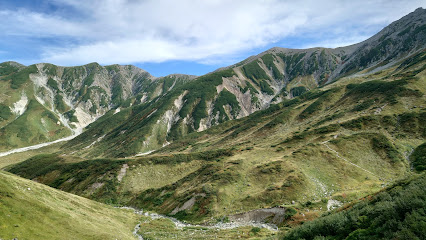
Akushiro Cliff
8.8 km
Experience the breathtaking views and serene landscapes of Akushiro Cliff, a national reserve in Toyama, Japan, perfect for nature lovers and adventurers.
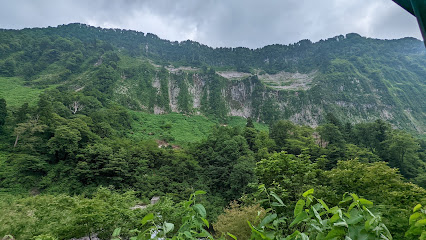
人喰岩 man-eating rock
14.5 km
Discover the captivating legend and stunning beauty of Kurobe's 'Man-Eating Rock', a unique tourist attraction blending nature and folklore.
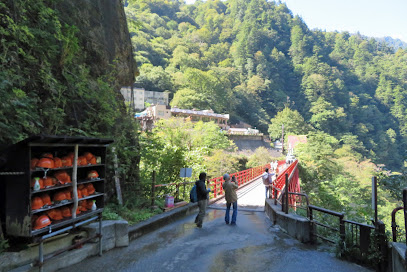
Inotani Checkpoint Hall
34.0 km
Explore the fascinating history of Toyama at Inotani Checkpoint Hall, a local history museum highlighting the region's cultural heritage.
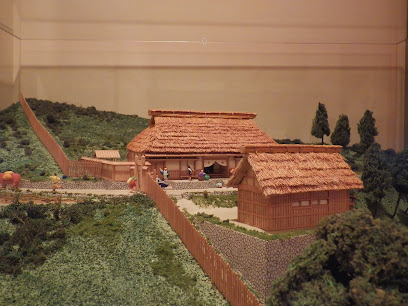
Toyama Castle
36.6 km
Explore the historical beauty of Toyama Castle, a cultural gem in Toyama, Japan, surrounded by serene parks and stunning views.

Yatsuo Owara Museum
41.1 km
Experience the rich cultural heritage of Toyama at Yatsuo Owara Museum, home to the enchanting Owara Festival and traditional crafts.
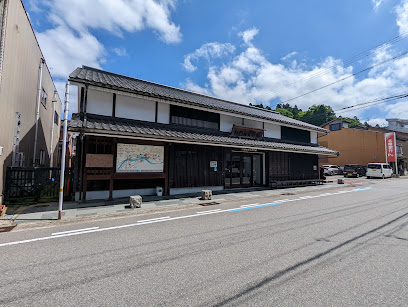
Hida Great Limestone Cave
46.4 km
Explore the stunning Hida Great Limestone Cave in Takayama, Japan, and uncover the beauty of nature's geological artistry.
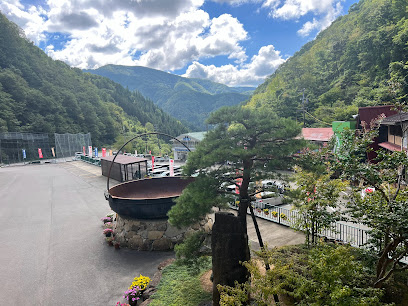
Welcome Matsumoto
47.9 km
Discover the enchanting Matsumoto, Japan, with Welcome Matsumoto – your local travel experts for unforgettable experiences.

Former Kaichi School
49.9 km
Discover the rich educational heritage of Japan at the Former Kaichi School, an iconic historical landmark in Matsumoto, Nagano.
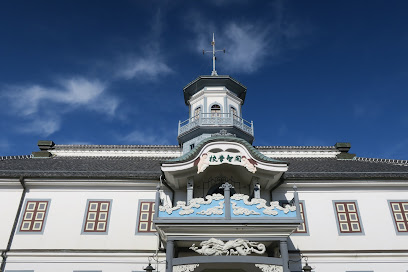
Matsumoto-jō Castle
50.3 km
Explore the majestic Matsumoto-jō Castle, a historical landmark in Nagano, Japan, renowned for its stunning architecture and beautiful surroundings.

Kanayamajinja Matsuo Shrine Sanjuyonmassha
51.4 km
Experience the serene beauty and rich cultural heritage of Kanayamajinja Matsuo Shrine Sanjuyonmassha in Matsumoto, Nagano - a tranquil retreat for every traveler.

Myoko-Togakushi Renzan National Park
51.9 km
Experience the breathtaking landscapes and diverse wildlife of Myoko-Togakushi Renzan National Park, a paradise for adventurers and nature lovers in Niigata, Japan.
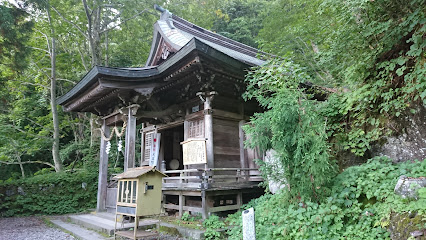
Kawanakajima Old Battlefield
52.7 km
Discover the historical significance and serene beauty of Kawanakajima Old Battlefield, a key site of Japan's samurai battles in Nagano.
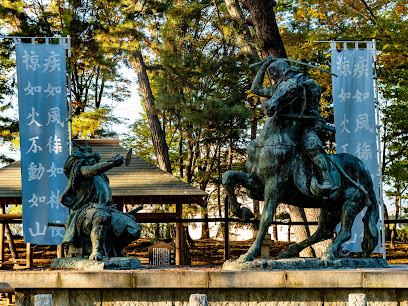
Setogawa and Shirakabe Dozou Street
52.8 km
Discover the historical beauty of Setogawa and Shirakabe Dozou Street, a must-visit destination in Hida, Japan, with traditional architecture and local delicacies.
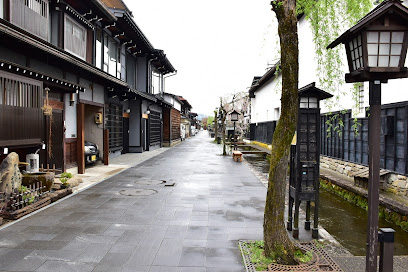
Zenkōji Honbō Daikanjin
53.5 km
Explore the serene beauty and rich heritage of Zenkōji Honbō Daikanjin, a must-visit Buddhist temple in Nagano, Japan, offering tranquility and spiritual connection.

Unmissable attractions to see
Yuki no Ōtani
0.4 km
Experience the breathtaking beauty of Yuki no Ōtani, Japan's majestic snow canyon adorned with towering snow walls and picturesque landscapes.

Mount Tate
2.1 km
Explore the breathtaking views and rich cultural heritage of Mount Tate, a gem in Japan's Northern Alps, perfect for adventurers and nature lovers alike.
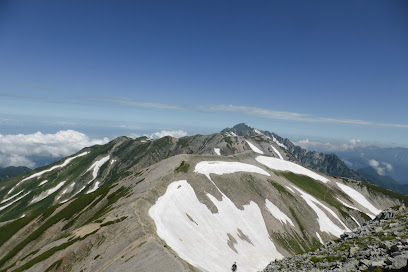
Onidake
2.1 km
Discover the stunning beauty and tranquility of Onidake, a majestic mountain peak in Japan's breathtaking Tateyama region, perfect for adventurers and nature lovers.
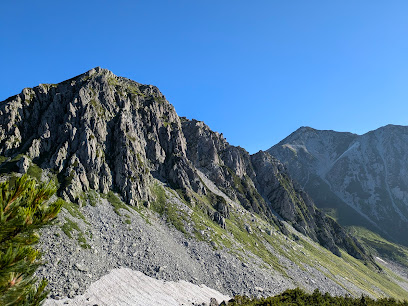
Fujinooritate
2.2 km
Explore the breathtaking beauty of Fujinooritate, a majestic mountain peak in Toyama, Japan, offering stunning views and serene hiking trails.
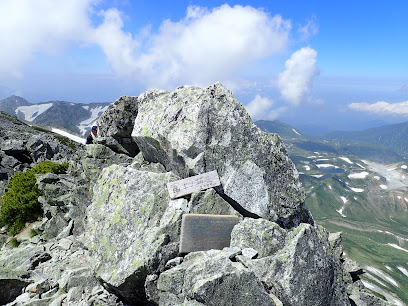
Daikanbo
3.3 km
Experience the breathtaking views of the Northern Japan Alps at Daikanbo, Tateyama's premier observation deck for nature lovers and photographers alike.
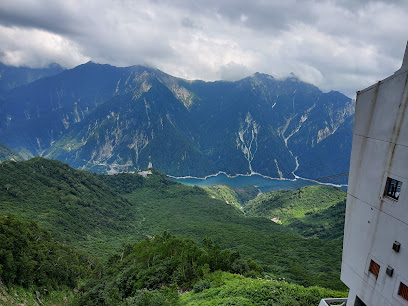
Tateyama Ropeway
3.7 km
Experience the breathtaking vistas of the Japanese Alps aboard the Tateyama Ropeway, an unforgettable journey through nature's wonders.
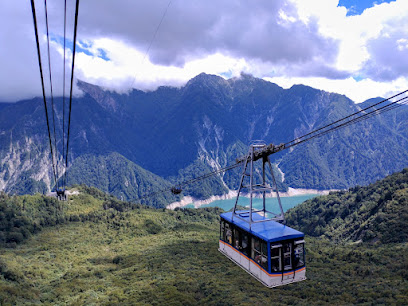
Kurobe Dam
6.0 km
Explore the stunning Kurobe Dam, an engineering marvel surrounded by breathtaking landscapes in Toyama, Japan.
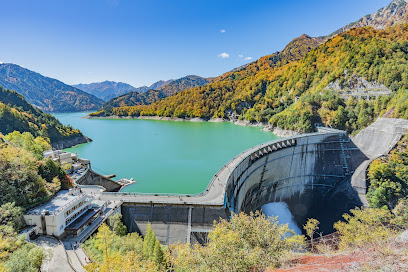
Shōmyō Falls
6.5 km
Immerse yourself in the natural beauty of Shōmyō Falls, Japan's tallest waterfall, surrounded by lush landscapes and tranquil trails.
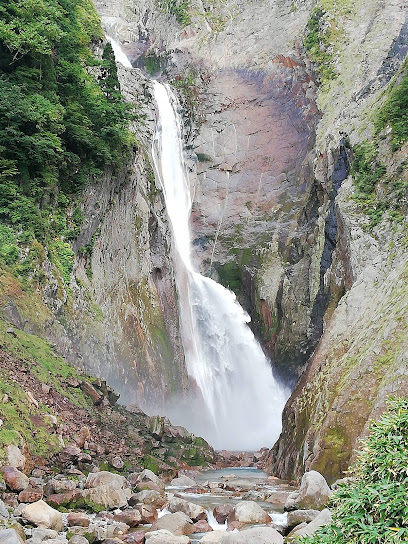
Shōmyō Waterfall
6.5 km
Experience the breathtaking Shōmyō Waterfall, Japan's tallest waterfall, a serene escape into nature's beauty in Tateyama, Toyama.
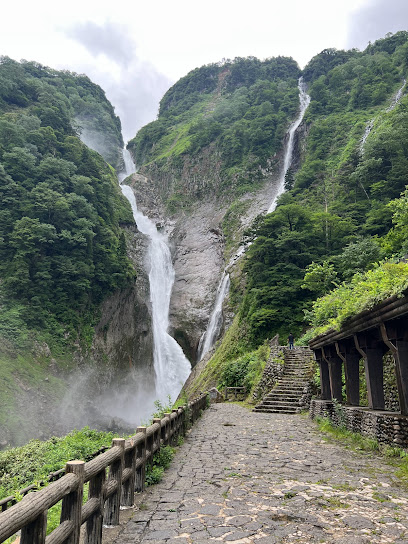
Akasawadake
8.3 km
Discover the majesty of Akasawadake, a stunning mountain peak in Japan's Toyama Prefecture, perfect for hiking and nature adventures.
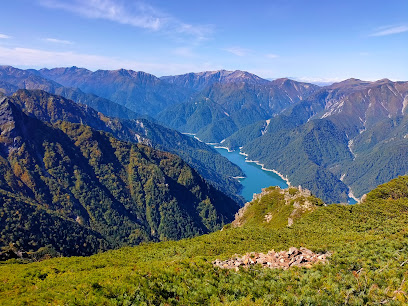
Tateyama Kurobe Alpine Route
13.5 km
Journey through the breathtaking Tateyama Kurobe Alpine Route—an unforgettable blend of nature, engineering, and stunning mountain views.
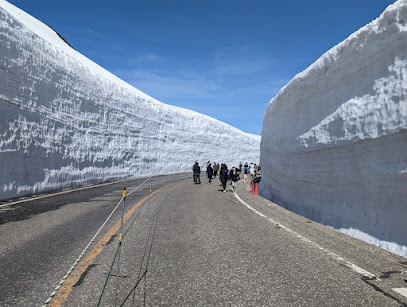
Chubu-Sangaku National Park
13.9 km
Explore the breathtaking landscapes and diverse wildlife of Chubu-Sangaku National Park, a true gem in Japan's Northern Alps.
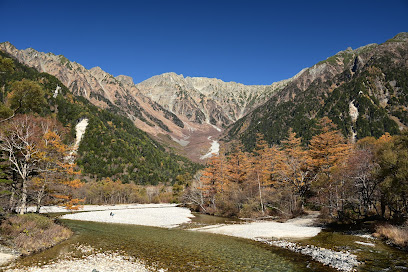
Sarutobi Canyon
14.7 km
Discover the breathtaking beauty of Sarutobi Canyon, a serene natural wonder in Toyama, perfect for adventure, photography, and relaxation.

Shiratake
17.7 km
Discover the breathtaking beauty of Shiratake, a stunning mountain peak in Hakuba, Nagano, perfect for outdoor adventures and serene escapes.
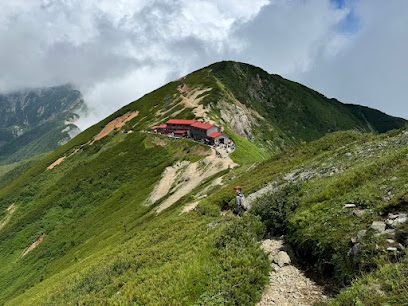
Mt. Karamatsu
18.7 km
Explore the breathtaking vistas of Mt. Karamatsu, where adventure meets tranquility in the heart of Japan's stunning Hakuba Valley.
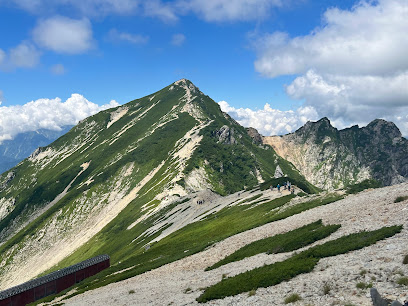
Essential places to dine
Hakuba 47 Restaurant "Alice"
24.0 km
Discover authentic Japanese cuisine in the heart of Hakuba's stunning landscapes at Restaurant 'Alice', perfect for tourists seeking comfort and flavor.

Wachigai
24.8 km
Experience authentic Japanese cuisine at Wachigai in Omachi - where local flavors meet tradition in a cozy setting.
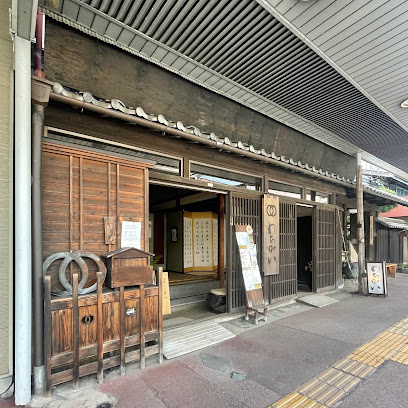
Showaken
25.1 km
Experience authentic tonkatsu at Showaken in Omachi, where crispy pork cutlets meet traditional Japanese hospitality.
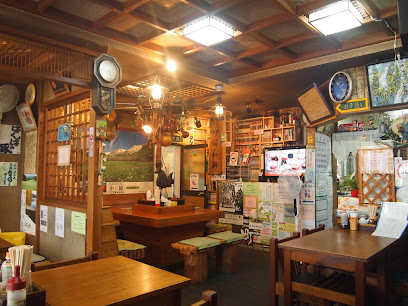
Katsura
25.2 km
Experience authentic Japanese cuisine at Katsura Izakaya in Omachi – where tradition meets flavor in every dish.
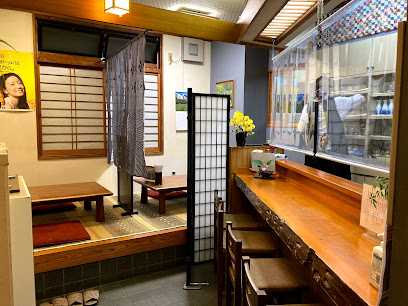
Denenshi
25.2 km
Experience authentic Japanese flavors at Denenshi in Hakuba - where culinary tradition meets modern dining.

NAGANO
32.3 km
Experience authentic Japanese cuisine at Nagano – where every meal celebrates local flavors amidst stunning natural beauty.
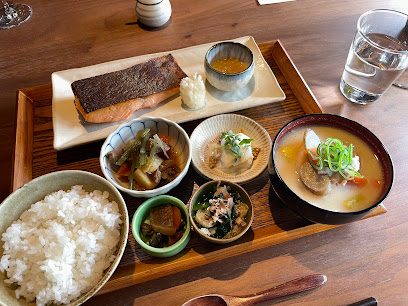
Dining Iwanaan
36.7 km
Experience authentic Japanese cuisine with breathtaking views at Dining Iwanaan in Nagano's Azumi region.

Casual Dining Alpenrose
37.4 km
Discover authentic Japanese cuisine in the scenic Kamikochi region at Casual Dining Alpenrose – where culinary delight meets natural beauty.
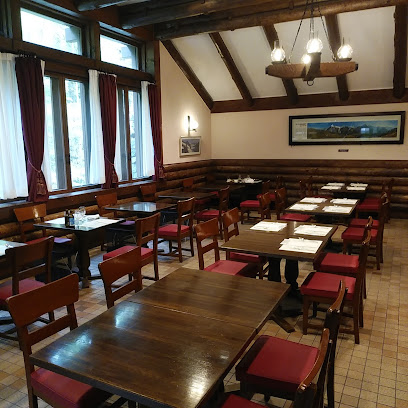
Okuhida Garden Hotel Yakedake
40.2 km
Discover tranquility at Okuhida Garden Hotel Yakedake - your ultimate destination for exquisite dining and rejuvenating spa experiences amidst nature's beauty.
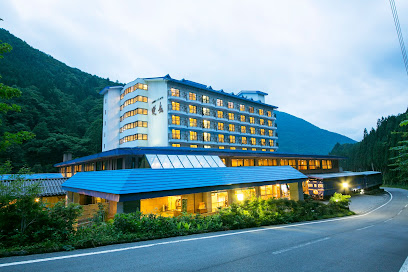
Shima Sushi
45.7 km
Experience the true taste of Japan at Shima Sushi in Nagano - where freshness meets tradition.

Uzuraya
47.3 km
Discover the heart of Japanese cuisine at Uzuraya – home to hand-crafted soba noodles in stunning Togakushi, Nagano.

the Source
50.8 km
Discover The Source in Matsumoto – where American diner classics meet local hospitality for an unforgettable dining experience.

Doon Shokudo Indoyama
50.9 km
Experience authentic Indian cuisine at Doon Shokudo Indoyama in Matsumoto—where rich flavors meet diverse dietary options.
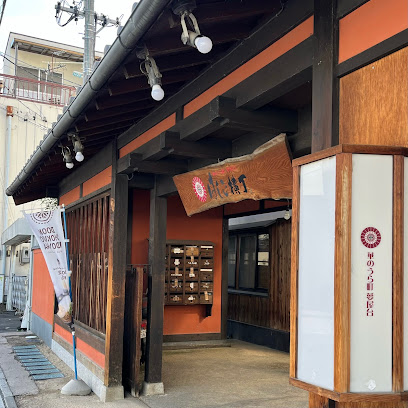
Kinkonkan
52.4 km
Discover authentic Japanese cuisine at Kinkonkan in Hida – where tradition meets flavor in every dish.

Yaoki Sushi
52.6 km
Experience unparalleled sushi at Yaoki Sushi in Hida - where freshness meets tradition in every bite.
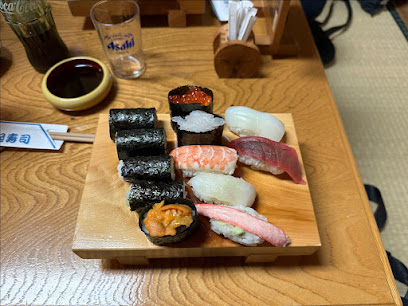
Markets, malls and hidden boutiques
イーズアンティーク EASE ANTIQUES
34.8 km
Explore EASE ANTIQUES in Toyama for a unique selection of vintage home goods, fashion, and timeless watches, perfect for treasure seekers.

atelier NUI
35.2 km
Explore Atelier NUI in Toyama for a unique selection of vintage clothing and accessories, blending style with sustainability.

Hutte
35.5 km
Explore Hutte in Toyama for unique women's clothing that blends style, quality, and the latest fashion trends in a welcoming atmosphere.

Hayashi Shop
36.3 km
Explore Hayashi Shop in Toyama for unique home goods that showcase Japanese craftsmanship and culture, perfect for souvenirs and gifts.
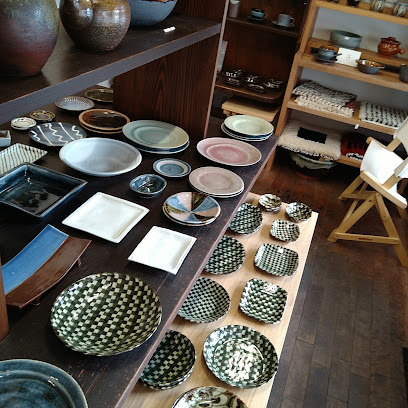
any SiS・Feroux 総曲輪フェリオ
36.4 km
Explore the latest women's fashion trends at any SiS・Feroux Total Gyouwa Ferrio in Toyama. A stylish shopping destination for every woman.
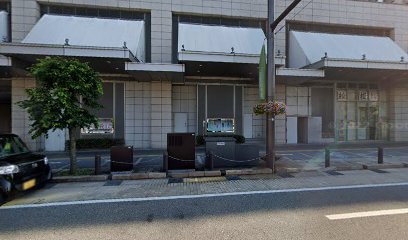
DAIWA
36.4 km
Explore Toyama's local culture at DAIWA, where fresh ingredients meet authentic Japanese flavors in a delightful grocery experience.

Daiwa Toyama
36.4 km
Explore Daiwa Toyama, a vibrant department store where shopping meets local culture in the heart of Japan's Toyama city.

AT EASE
36.6 km
Explore contemporary fashion and unique styles at AT EASE, Toyama's premier clothing destination for discerning travelers.

STREET HASSLE
36.6 km
Discover unique fashion and eclectic goods at Street Hassle, Toyama's must-visit variety store for tourists seeking local flavor.

Marier Toyama
36.7 km
Explore Marier Toyama - the ultimate shopping destination in Toyama offering diverse retail and dining experiences for every traveler.

Kitokito market TOYAMARCHE
36.8 km
Explore the vibrant Kitokito Market TOYAMARCHE in Toyama for local delicacies, fresh produce, and unique crafts that embody the spirit of the region.

Totoyama
36.8 km
Explore Totoyama for authentic Japanese souvenirs and gifts that capture the charm and beauty of Toyama's culture and heritage.

CiC
36.8 km
Discover a shopping paradise at CiC in Toyama, where local culture meets modern retail in an unforgettable experience.

TOYAMA STATION
36.9 km
Discover the beauty of Toyama Prefecture starting from Toyama Station, a modern hub connecting you to Japan's breathtaking landscapes and cultural heritage.

Etchu Iwase Bakery Miya
38.3 km
Experience the authentic flavors of Japan at Etchu Iwase Bakery Miya, a charming bakery in Toyama known for its delicious pastries and warm atmosphere.

Essential bars & hidden hideouts
Tracks Bar
23.6 km
Discover the warmth and charm of Tracks Bar in Hakuba, where great drinks and a vibrant atmosphere await after your adventures in the mountains.
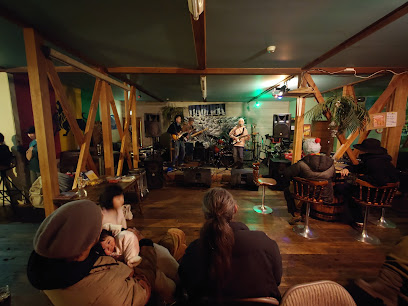
bar ORKINY
24.9 km
Discover the vibrant nightlife at Bar Orkiny in Omachi, where exceptional drinks and a warm atmosphere await travelers.

Neo Classic
36.3 km
Experience the lively nightlife of Toyama at Neo Classic Bar, known for its stylish ambiance and exquisite drink selection.

bar10.1
36.5 km
Experience the vibrant nightlife at bar10.1 in Toyama, where creative cocktails and friendly atmosphere await every visitor.

Shiny Mountain
36.6 km
Shiny Mountain: An Irish pub in Toyama blending hearty food, vibrant drinks, and a lively atmosphere for a memorable night out.

BAR 白馬舘
36.6 km
Experience the vibrant nightlife of Toyama at BAR 白馬舘, where exceptional drinks meet a welcoming atmosphere.

Bar KUROMOJI 旧ハイドアウト スパイスカレー
36.8 km
Experience the exquisite flavors of spice curry at Bar KUROMOJI in Toyama, where culinary delight meets vibrant nightlife.

ジェリコの戦い
36.8 km
Experience Toyama's vibrant nightlife at the Bar of Jericho's Battle, where exquisite drinks meet a lively atmosphere.

Bar Horn
37.3 km
Discover the elegant Bar Horn at Kamikochi Imperial Hotel, where breathtaking views and exquisite drinks await you in the heart of the Japanese Alps.

Tomarigi
38.1 km
Experience the joy of karaoke in the heart of Gifu at Tomarigi, a lively bar where every night is a celebration of music and friendship.

SinkOrSwim18
50.3 km
Experience the dynamic nightlife of Matsumoto at Sink or Swim, where creative cocktails meet a vibrant atmosphere for an unforgettable evening.

Bar Mountain Box Norikura
50.5 km
Discover the charm of Bar Mountain Box Norikura, a cozy bar in the stunning Nagano Alps offering a unique selection of local drinks and breathtaking views.
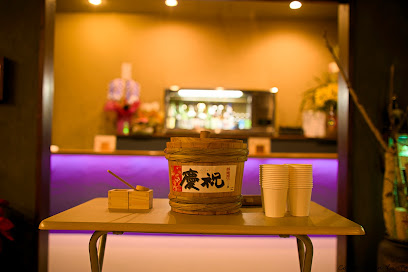
Mahorobi
50.6 km
Experience the warm ambiance and extensive whisky selection at Mahorobi, Matsumoto's top bar for lovers of fine spirits and local culture.

Old Rock
50.8 km
Discover Matsumoto's Old Rock: A charming Irish pub blending local flavors with a warm, inviting atmosphere for tourists and locals.

SIDECAR(サイドカー)
50.9 km
Experience the lively nightlife at SIDECAR, a top bar in Matsumoto offering unique cocktails and a welcoming atmosphere.




